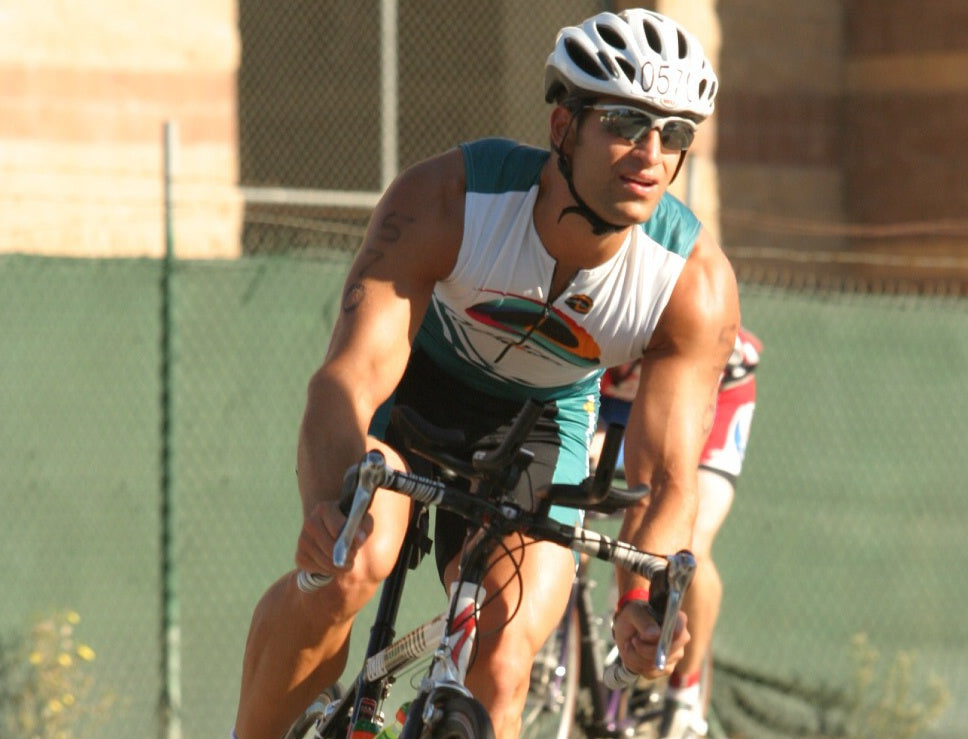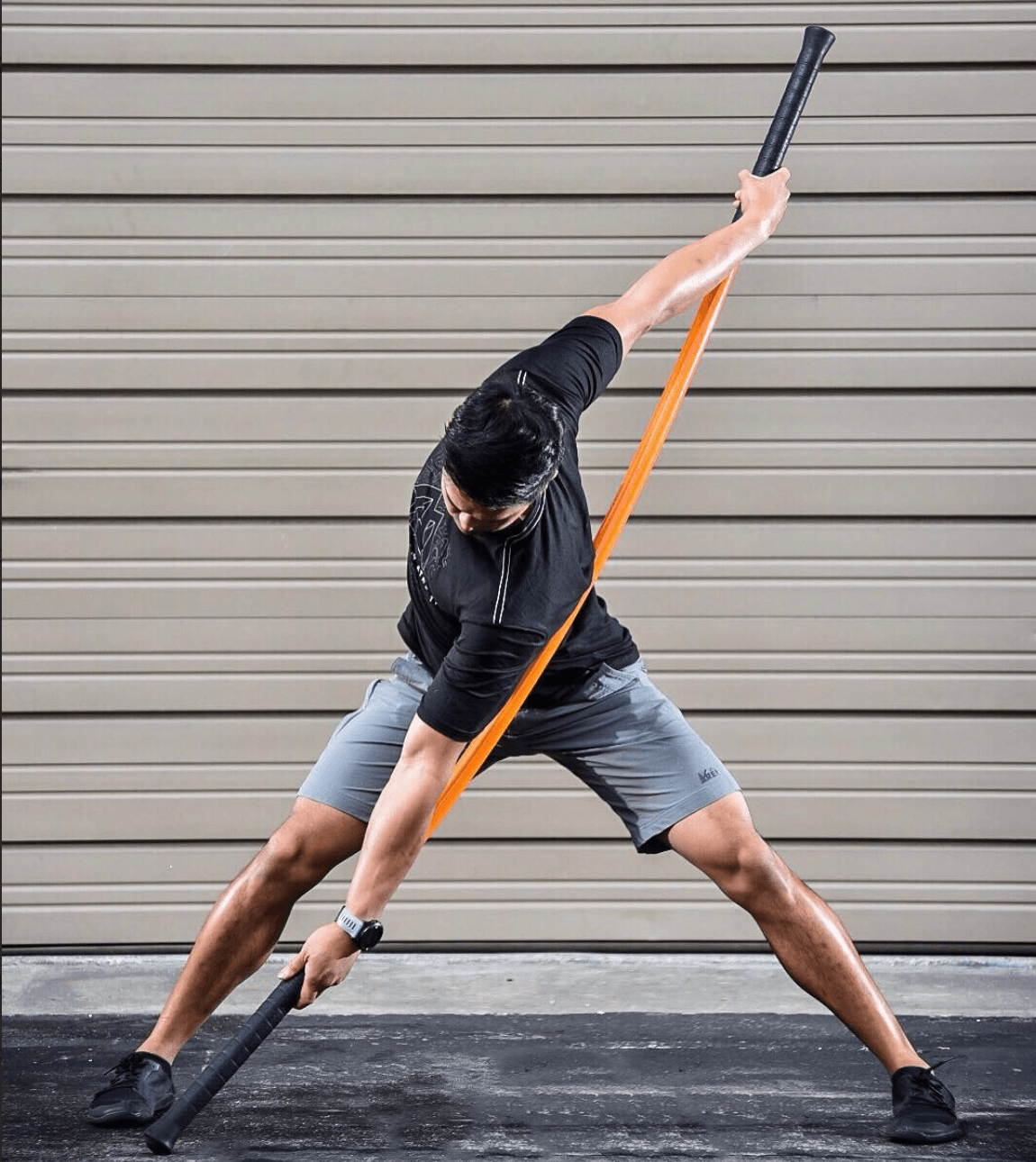The Tour de France: A Test of Human Limits
The month of July has arrived, bringing with it one of the most challenging races known to humanity. The Tour de France stands as a formidable test, pushing riders to their physical and mental limits. Covering approximately 2,100 miles across 21 stages in just 23 days, this race is a grueling endeavor that traverses the demanding terrain of the Alps, Pyrenees, and Jura mountains via the Massif Central. The mere thought of the elevation gains and the relentless force of gravity against the rider and their bike is enough to exhaust anyone. It's an undertaking that demands immense physical and mental fortitude.
Cycling: A Worldwide Phenomenon
With over 1 billion bicycles worldwide, cycling has become one of the most popular sports and recreational activities globally. In countries like the Netherlands, it has become a way of life. Cycling serves as an excellent mode of transportation, offering cardiovascular benefits without the impact issues often associated with running. However, it's important to acknowledge that cycling does come with its own set of risks. Like any activity, it has its pros and cons, which individuals must evaluate when choosing their preferred exercise modality. While most of us will never experience the extreme physical and mental fatigue endured by Tour de France participants, there are those who seek to push themselves further than others.
Maintaining Balance and Stability: The Key to Injury Prevention in Cycling
Among avid cyclists, certain areas of the body are prone to injuries or discomfort. The knees, hips, and lower back tend to be at the top of this list. This can be attributed to overuse or volume, as well as body positioning. When one angle decreases, the opposing angle increases, affecting the muscles and soft tissues. The body adapts to the stimulus it receives, so spending prolonged periods in a particular posture causes the body to mold accordingly. Riding a bicycle decreases the anterior angles of the body while lengthening the posterior, leading to restricted movement, decreased joint stability, and certain muscles becoming dominant over their counterparts.
Stick Mobility Movements
Frequent cyclists often experience anterior flexion, which can result in issues with the knees and lower back. To counteract this imbalance, introducing anterior extension through exercises like the Stick Mobility Couch Stretch and the Human Sail can be beneficial. Using the Training Sticks during these stretches adds stability to the joints and increases feedback to the body as you push them into the floor, engaging the deep front line and helping open up and lengthen the front of the body. The light isometric contractions aid tissue recovery after intense rides. Opening up the front of the body also alleviates the line of pull experienced by the posterior chain, which may contribute to lower back pain caused by hunching over or fatigue from trying to maintain a "neutral" spine during cycling. The Couch Stretch targets the hip and quad tissues that are in a flexed position while cycling, while the Human Sail helps open up the hips, torso, shoulders, chest, and neck.
However, it's important to note that these stretches should not be the sole focus of post-ride recovery. Tissues that become "locked short" are typically weak. Therefore, it's crucial to restore vital movements that the body's joints lack when glued to a bicycle seat. Implementing Training Sticks can provide additional feedback and stimulate muscles and connective tissues during standing internal or external hip rotations. Segmentally flexing the spine using the lateral Stick Mobility Bow & Arrow can help mobilize the spine. These are just a couple of drills that your body will appreciate to counteract the posture associated with cycling.
Another area that may experience restricted movement is the shoulders, as cycling primarily involves lower body movement. The Stick Mobility Kayaking drill can free up the shoulder blades and thoracic spine, restoring fluidity. Similarly, the Stick Mobility Monkey Hang mimics the actions performed on a pull-up bar, promoting length in the arm lines and opening up the rib cage. These specific isometric stretches should be a staple in your post-ride protocols to counteract the common hunched-over position among cyclists. Consistently utilizing the mentioned drills will leave you feeling healthy, strong, and most importantly, restored for your next bike ride.
See these Stick Mobility movements and more by clicking HERE.


